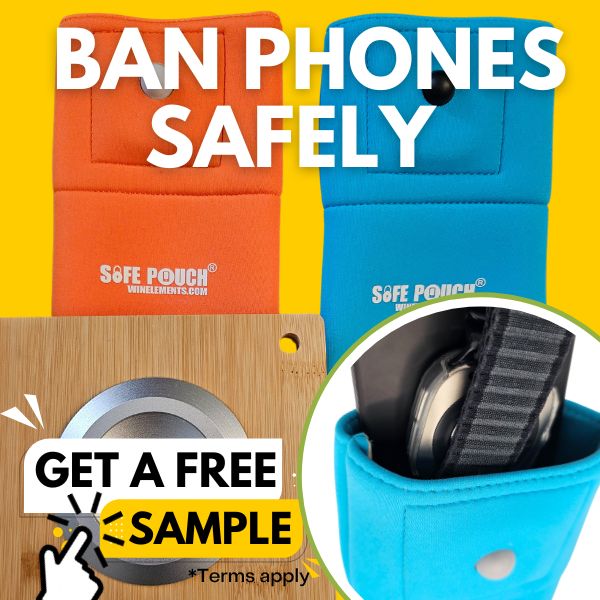When browsing the internet, we have all encountered the frustrating “404 Error” message at some point. This error occurs when a webpage cannot be found, usually due to a broken link or a mistyped URL. While it may seem like a minor inconvenience, the way a website handles these errors can have a significant impact on user experience. This is where custom error pages come into play.
Custom error pages are designed to provide users with a more informative and user-friendly experience when they encounter a 404 error. Instead of the generic “404 Error” message, a custom error page can include helpful information such as a search bar, links to popular pages, or even a humorous message to lighten the mood. By customizing these error pages, website owners can keep users engaged and prevent them from leaving the site in frustration.
One important aspect of custom error pages is branding. By incorporating the website’s logo, color scheme, and messaging into the error page, users are reminded of the website they are visiting and are more likely to continue exploring the site. This helps to maintain brand consistency and can even turn a negative experience into a positive one.
Another benefit of custom error pages is the opportunity to redirect users to relevant content. For example, if a user lands on a 404 error page while searching for a specific product, the error page can include links to similar products or related categories. This not only helps users find what they are looking for but also keeps them on the website longer, increasing the chances of conversion.
In addition to improving user experience, custom error pages can also have a positive impact on SEO. When a website returns a generic 404 error message, it can harm its search engine rankings. However, by customizing error pages with relevant keywords and links, website owners can help search engines understand the context of the error and potentially improve their rankings.
One way to enhance the user experience on custom error pages is by offering helpful tools or resources. For example, a website selling tech accessories could include a link to a “Lockable phone pouch” on its error page. This not only helps users find what they are looking for but also promotes a specific product or service.
In conclusion, custom error pages play a crucial role in improving user experience, maintaining brand consistency, and enhancing SEO. By taking the time to create informative and engaging error pages, website owners can turn a frustrating experience into a positive one and keep users coming back for more. So, the next time you encounter a 404 error, remember the importance of custom error pages and the impact they can have on your browsing experience.
Find out more at
Win Elements | Lockable Phone Pouch
https://www.winelements.com/
Los Angeles, United States
Patented lockable phone pouches with multi-tiered lockers for phone locking pouches.